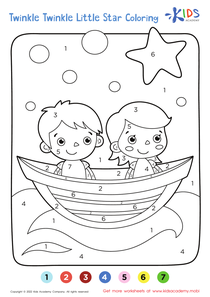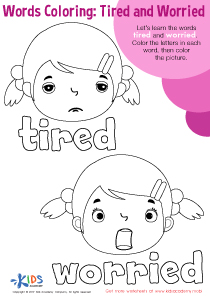Counting objects Reading Worksheets for Ages 3-8
3 filtered results
-
From - To
Enhance your child’s learning experience with our engaging Counting Objects Reading Worksheets, designed for ages 3-8. These worksheets support early math skills by helping children learn to count, recognize quantities, and improve their reading abilities simultaneously. Each worksheet features colorful images and interactive activities that keep young learners motivated. With a blend of counting exercises and age-appropriate reading passages, kids will develop essential skills in a fun, engaging way. Perfect for classrooms or at-home learning, these worksheets make developing numeracy and literacy easy and enjoyable. Download our printable resources today and watch your child thrive in their educational journey!
Counting objects and reading are foundational skills vital for children's cognitive development and academic success. For children aged 3-8, these skills are not just academic; they are also crucial for everyday problem-solving and critical thinking.
When parents and teachers support counting, they help children develop a strong mathematical foundation. Early counting teaches children to recognize numbers, understand quantity, and make comparisons, which are essential for later math concepts like addition and subtraction. Engaging in counting activities, such as counting toys or snacks, makes learning playful and interactive.
Reading, on the other hand, builds vocabulary, language skills, and comprehension. It exposes children to new ideas, cultures, and emotions, fostering empathy and creativity. Encouraging reading through storybooks and interactive reading sessions develops a child’s imagination and critical thinking.
Promoting these skills together creates a holistic learning environment where children develop both numeracy and literacy skills. This dual focus on counting and reading not only prepares them for future academic challenges but also nurtures lifelong learning habits. Therefore, parents and teachers should prioritize these activities to ensure children have the tools they need for success both in and out of the classroom.
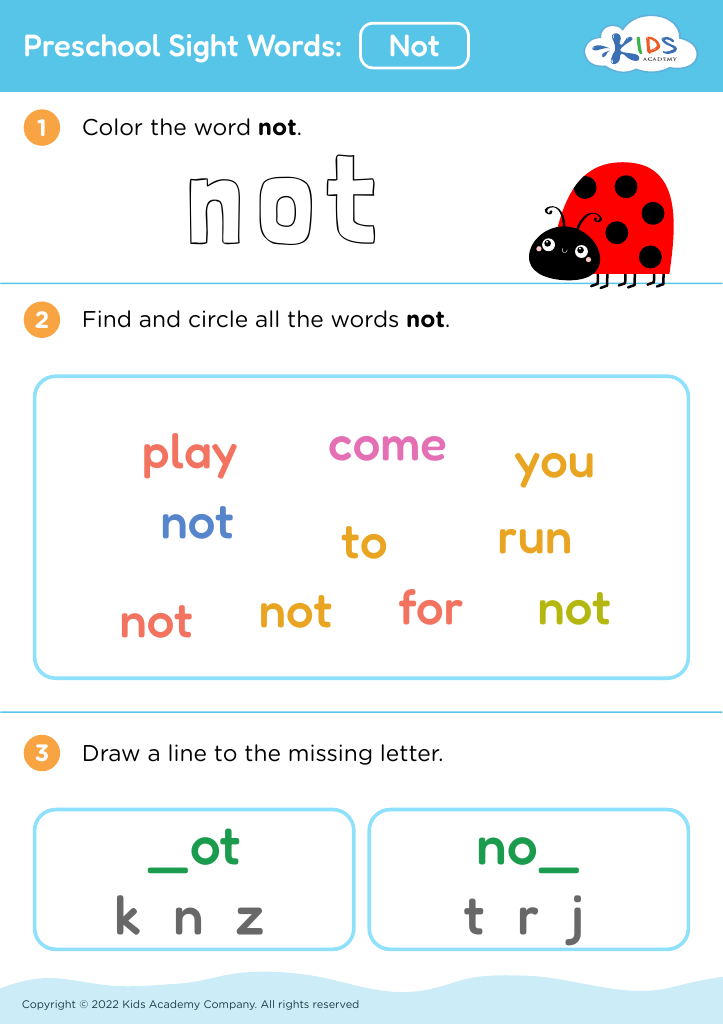

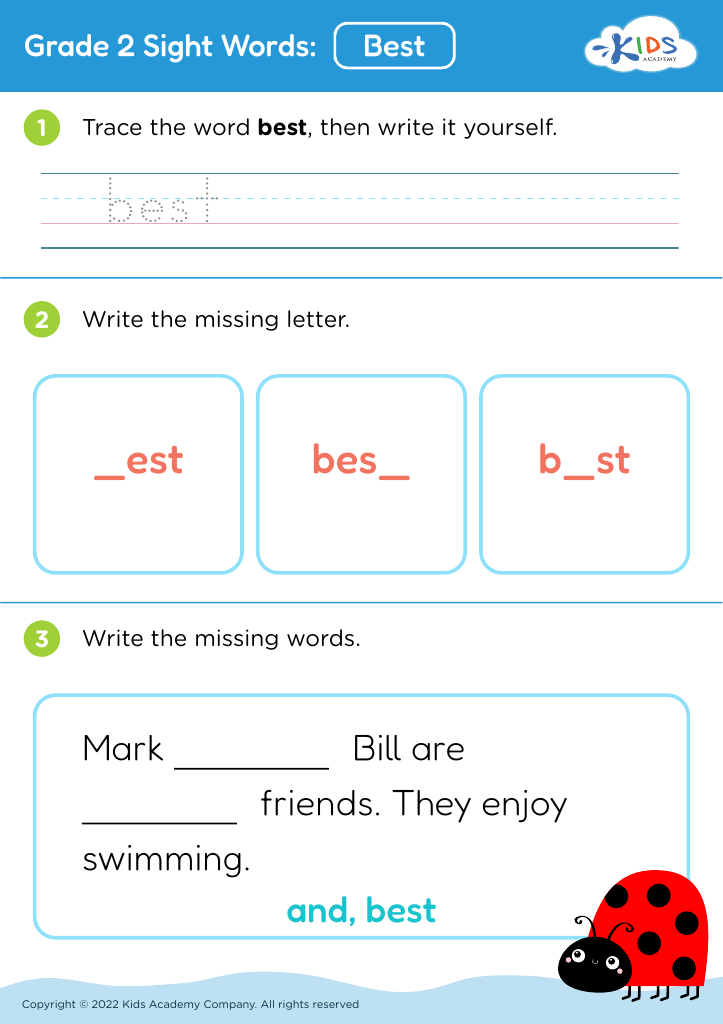



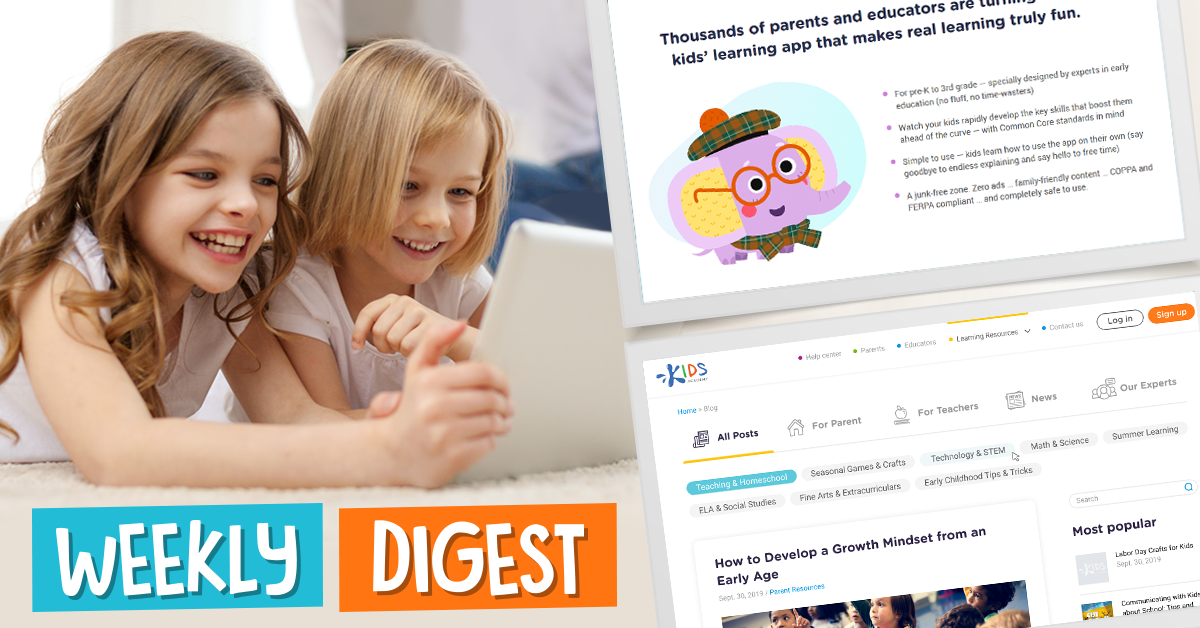
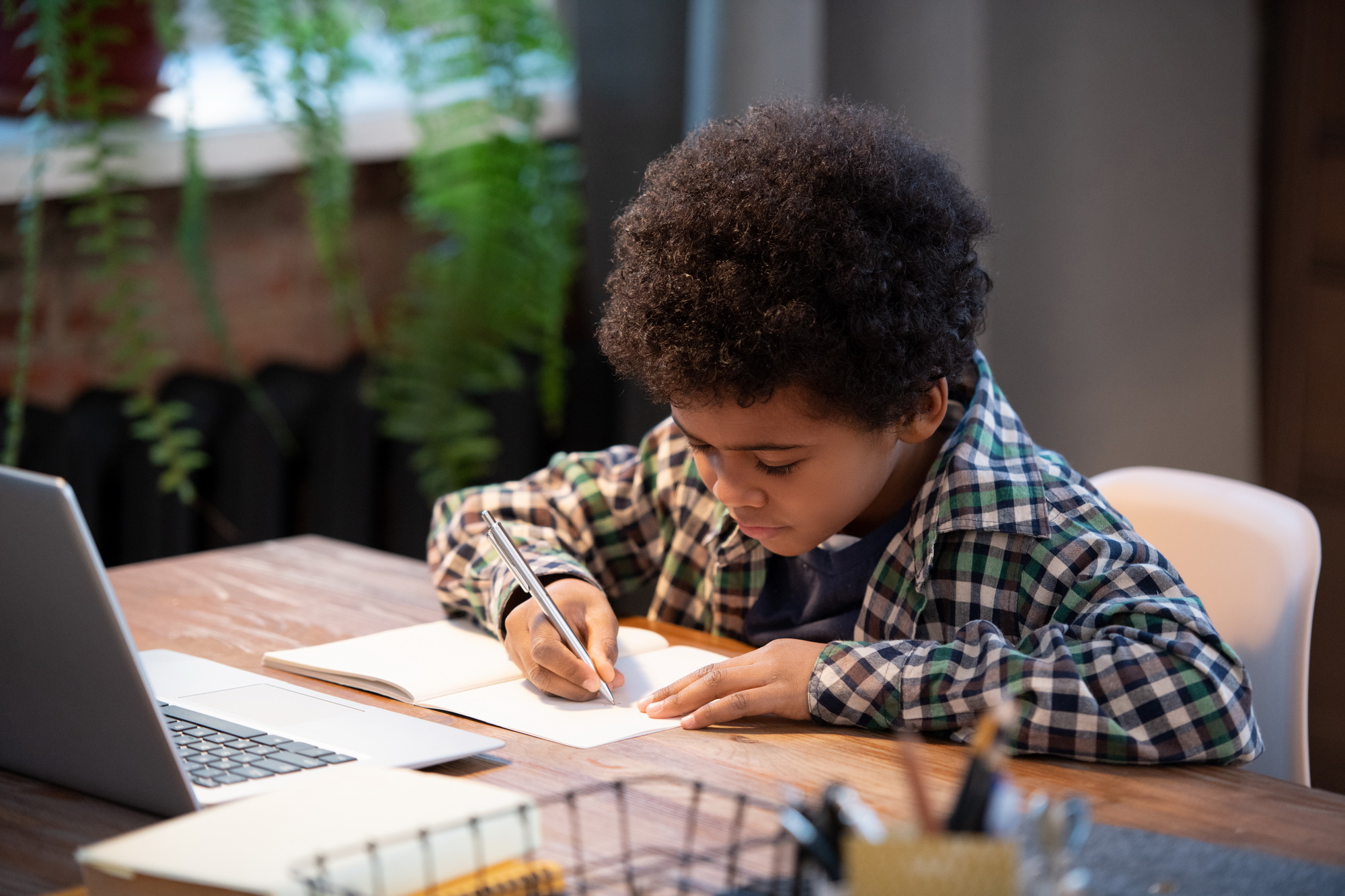


.jpg)



